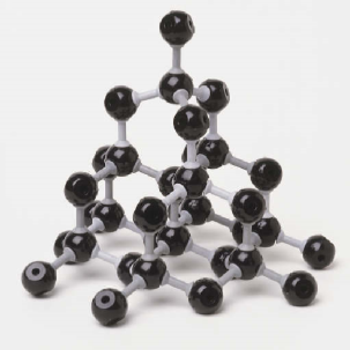How does gas stoichiometry differ from stoichiometry of solids and liquids?
1 Answer
To answer this question I need explain the stoichiometry of the 3 different phases separately.
1)Stoichimetry with solids is easy because we can weigh the solids, and using the mass to relate that solid to the amu (atomic mass units) from the periodic table. Using the amu we calculate for the number of moles of an element. 1 mole of an element = amu of that element in grams
You can also use the law of conservation of mass to solve for parts of a compound.
2)Stoichiometry with liquids is a little different but still pretty straightforward. To solve for the number of moles in a liquid we use a tool called Molarity (M).
M=number of moles
Molarity is an algebraic equation so you can manipulate this equation to solve for number of moles (n).
3)Now gas stoichimetry is different. The main difference is that both liquids and solids have definite volume, whereas gases do not have a definite volume.
The two most common methods for finding the number of moles in gas stoichiometry are:
A: Standard temperature and pressure gases (STP.)
Gases are at STP at 273K temperature and a pressure of 760 torr. At STP all gases are the same temperature and pressure, which make the ratio by volume the same as the ratio for moles. ( Avagadro's principle .)
B: If you know the temperature, pressure, and volume of a gas you can use the Ideal Gas Law:
n=number of moles
R=Universal gas constant (

